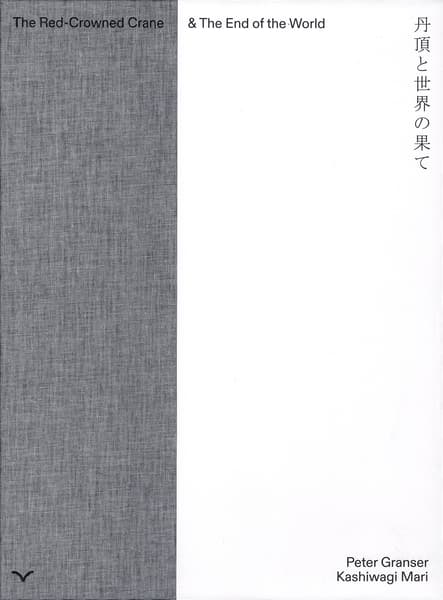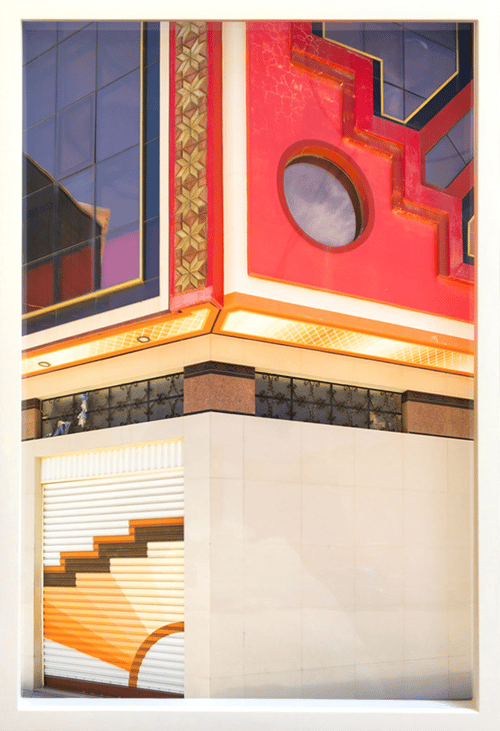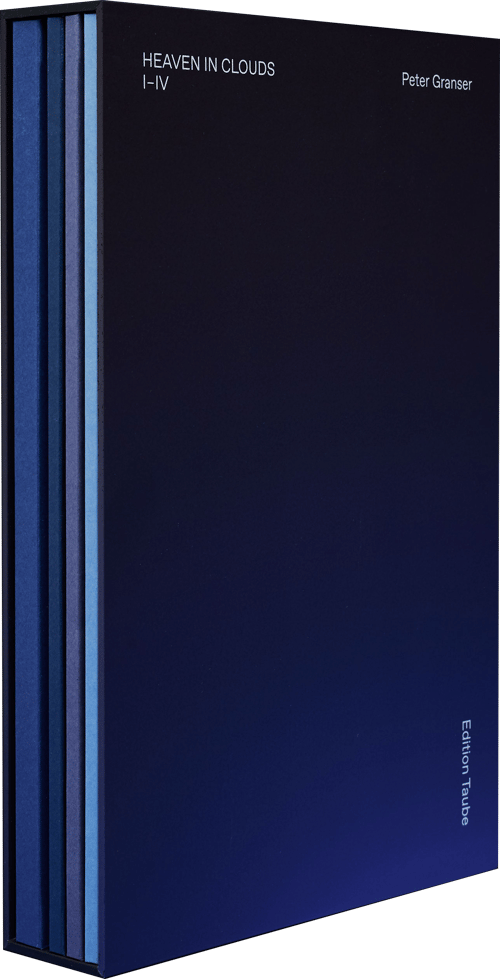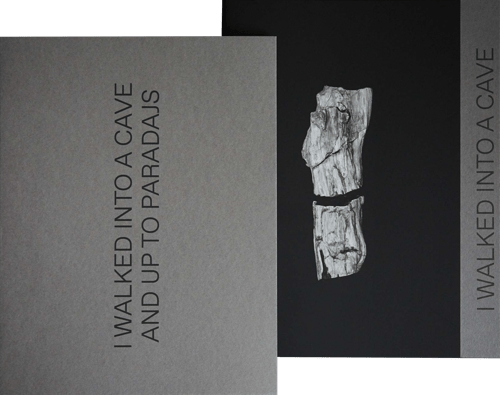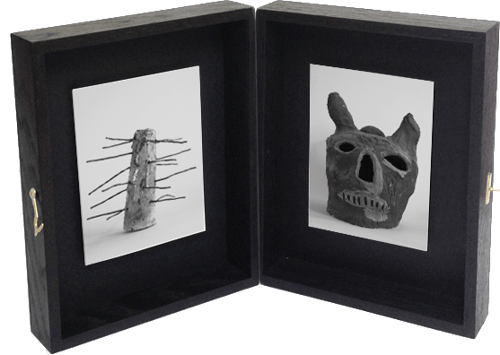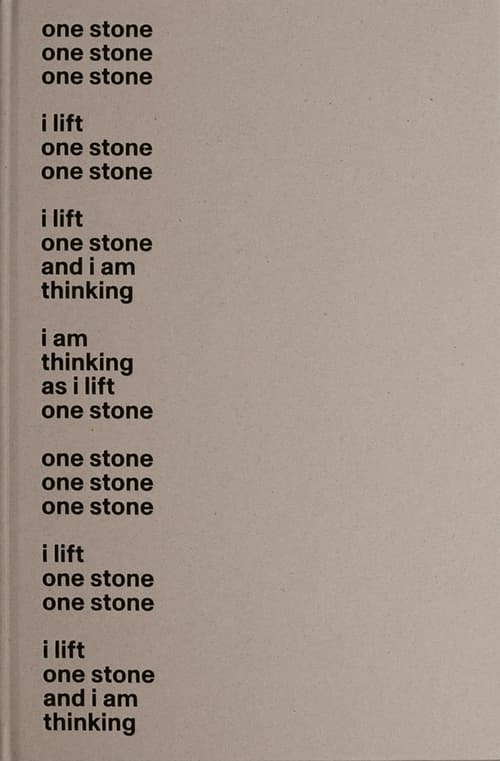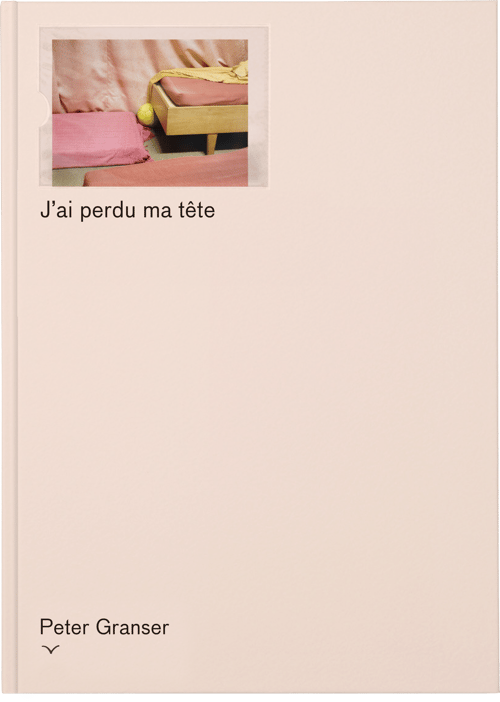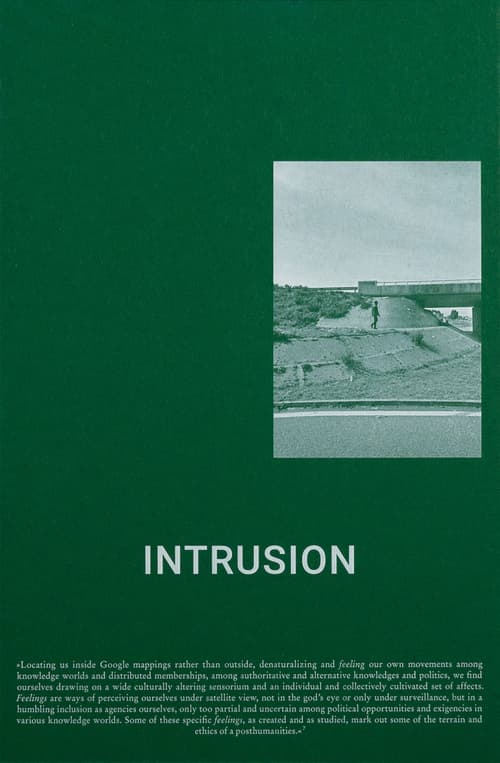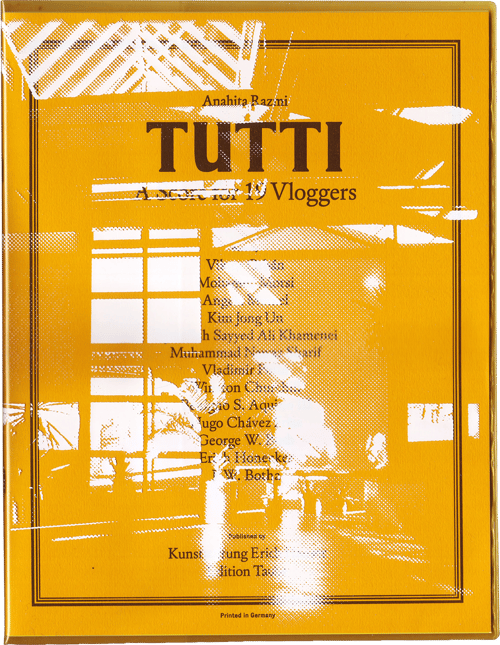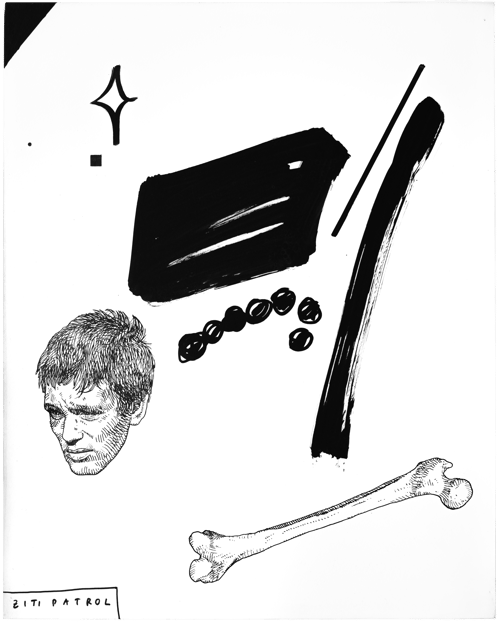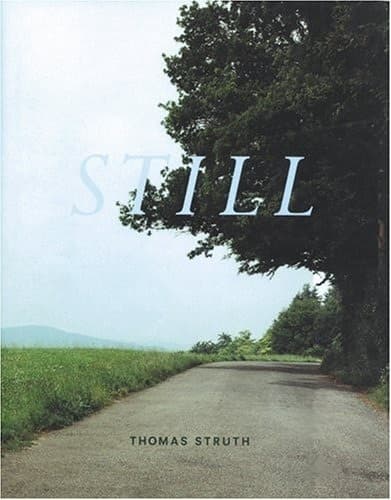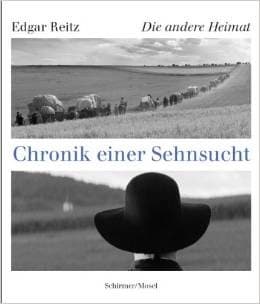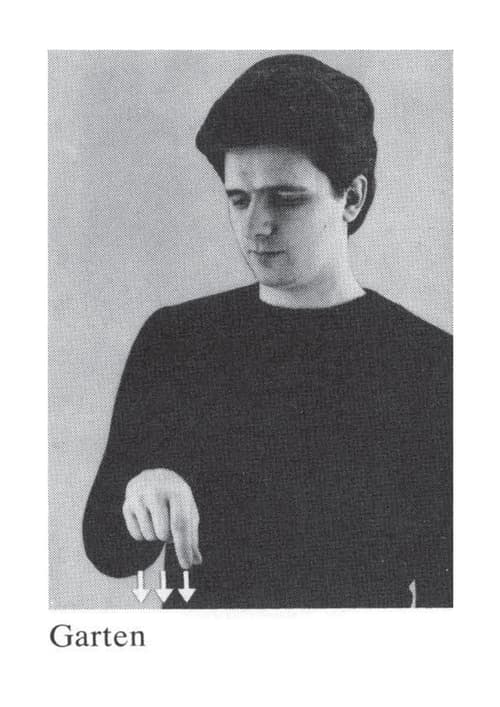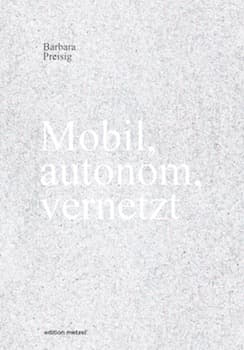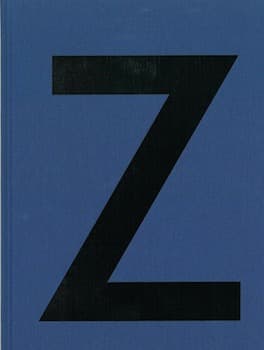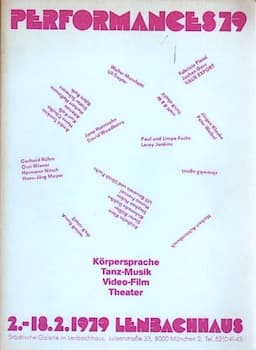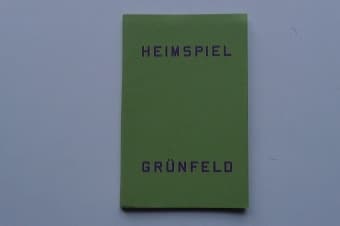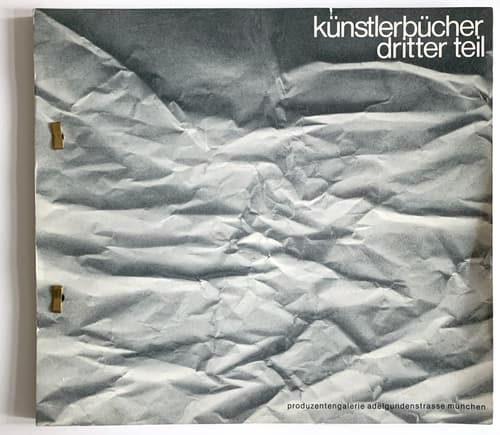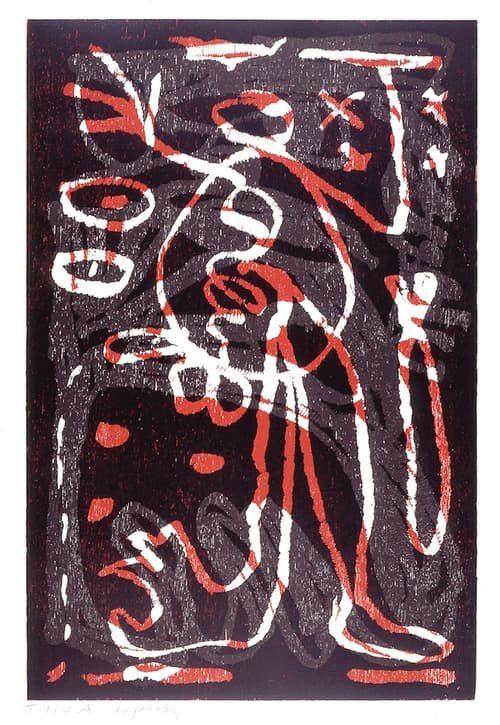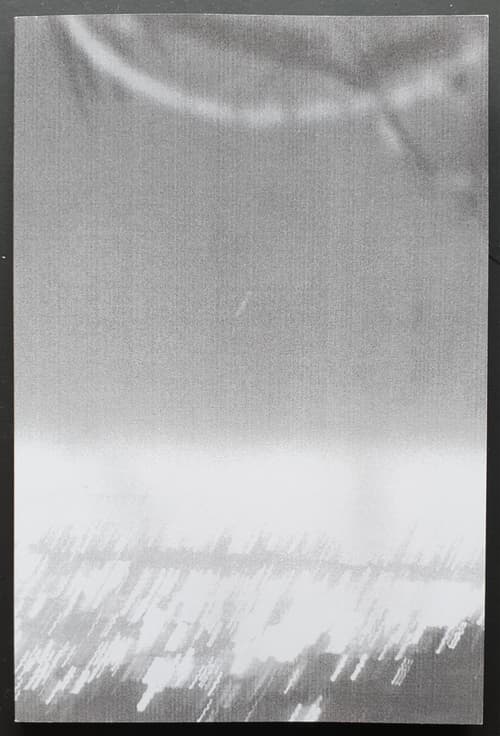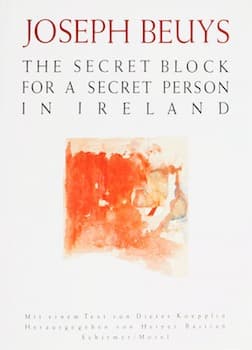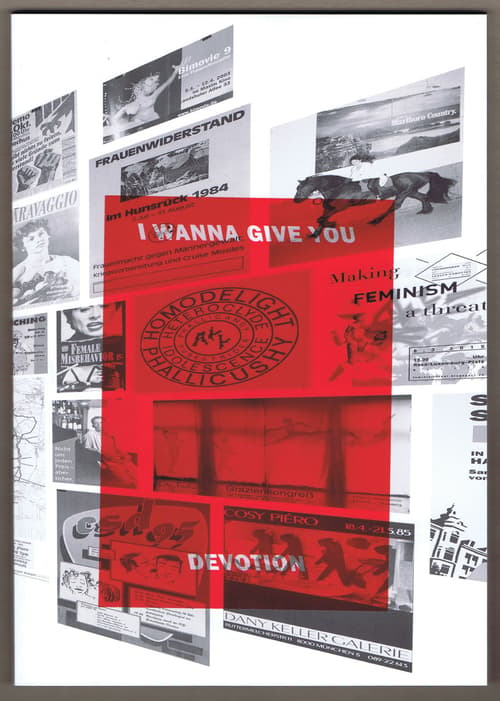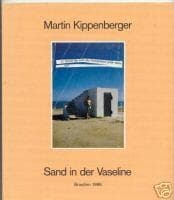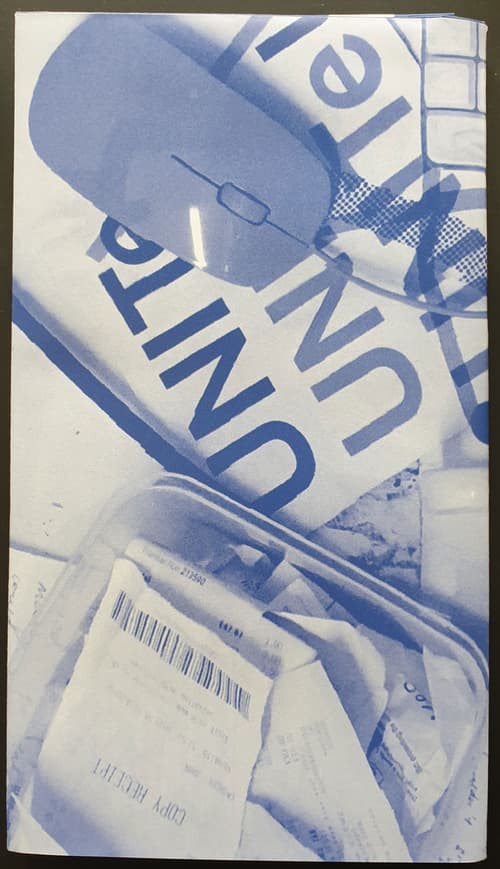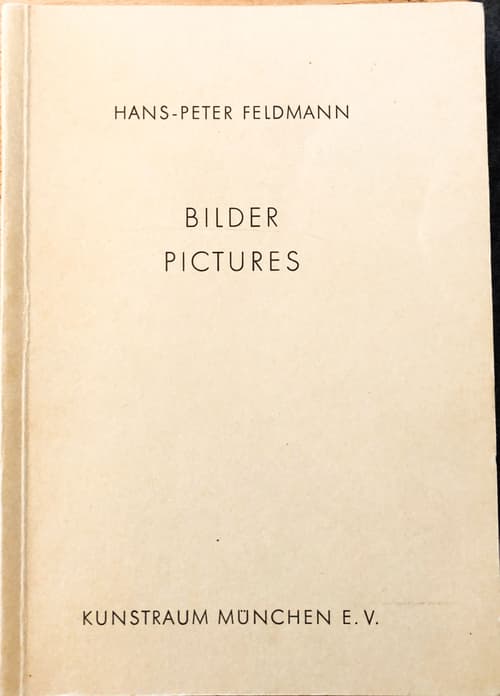Publisher Note english german
“The Red Crowned-Crane & The End of the World” is both an artists’ book and a mini-exhibition. The leporello, half-bound in linen, shows abstract photographs of cranes inspired by Japanese screen painting. These are juxtaposed with a series of dramatically rising clouds of steam from a volcano at the “end of the world”: A symbol of the power of nature as the beginning and end of all life. Inserted in the book is another fanfold on which poems by Kashiwagi Mari are printed in Japanese and English.
“The end of the world” - this is what the Ainu, the indigenous people of Hokkaido, call the volcanic region in the north of Japan. The area is also home to the Manchurian crane, which was once widespread and has been a symbol of happiness, long life and loyalty in Asia for thousands of years. In the 1920s, humans brought the Manchurian crane to the brink of extinction. The rescue of the Manchurian crane is as legendary in Japan as the bird itself: During a particularly harsh winter in 1952, a farmer saved one of the last flocks from starvation by spreading grain in a field where the cranes had sought refuge.
Humans are destroying nature, but at the same time the dedicated actions of one individual can save a species and perhaps even an entire ecosystem.
“The Red-Crowned Crane & The End of the World” by Peter Granser was created in Hokkaido in 2020 and addresses the complex relationship between man and nature. “The Red-Crowned Crane & The End of the World” can be staged as an exhibition within your own four walls; together with the poems and a specially composed sound by Marcin Et Maldoror, the leporello object forms a unit.
The fanfold is held together by a white sleeve with a short informative text.
The book is part of the collection of the Museum Angewandte Kunst Frankfurt and the Stiftung Federkiel. Together with VG Bild-Kunst, they have generously supported the creation of the work and the book.
Peter Granser was born in Hanover in 1971 as an Austrian citizen. He is self-taught and lives in Stuttgart. Inspired by long stays in Japan, China and Taiwan, Granser and his wife Beatrice Theil founded the ITO Raum in 2015. There, they experiment with unusual exhibition formats and forms as well as artistic positions that revolve around themes such as time, emptiness, nature, existence and consciousness, themes that are also central to Granser's own work.
At ITO (ITO is the Japanese word for thread), they combine contemporary art with tea sessions that allow visitors to concentrate on the moment and still leave room for communication. To date, Peter Granser has published twelve books, the last five of them with Edition Taube.
»The Red Crowned-Crane & The End of the World« ist Künstlerbuch und Miniausstellung zugleich. Das halb in Leinen gefasste Leporello zeigt abstrahierte Kranich-Fotografien, die sich an der japanischen Wandschirmmalerei orientieren. Diesen wird eine Serie von dramatisch aufsteigenden Dampfwolken aus einem Vulkan am »Ende der Welt« gegenübergestellt: Ein Symbol für die Kraft der Natur als Anfang und Ende allen Lebens. Im Buch ist ein weiteres Leporello eingelegt, auf dem Gedichte von Kashiwagi Mari auf Japanisch und Englisch gedruckt sind.
»Das Ende der Welt« – so nennen die Ainu, die indigene Bevölkerung Hokkaidos, die von Vulkanen geprägte Gegend im Norden Japans. In der Nähe ist auch der früher weit verbreitete Mandschurenkranich heimisch, seit Jahrtausenden in Asien ein Symbol für Glück, langes Leben und Treue. In den 1920er Jahren brachte der Mensch den Mandschurenkranich an den Rand des Aussterbens. Die Rettung des Mandschurenkranichs ist in Japan so legendär wie der Vogel selbst: In einem besonders harten Winter 1952 bewahrte ein Bauer eine der letzten Scharen vor dem Verhungern, indem er auf einem Feld, auf dem die Kraniche Zuflucht gesucht hatten, Getreide ausstreute.
Der Mensch zerstört die Natur, doch gleichzeitig kann das engagierte Handeln eines Einzelnen eine Art und vielleicht sogar ein ganzes Ökosystem retten.
»The Red-Crowned Crane & The End of the World« von Peter Granser entstand 2020 auf Hokkaido und thematisiert das komplexe Verhältnis zwischen Mensch und Natur. »The Red-Crowned Crane & The End of the World« kann als Ausstellung in den eigenen vier Wänden inszeniert werden; zusammen mit den Gedichten und einem eigens komponierten Sound von Marcin Et Maldoror ergibt das Leporello-Objekt eine Einheit.
Zusammengehalten wird der Leporello von einer weißen Banderole mit einem kurzen informativen Text.
Das Buch ist Teil der Sammlung des Museums Angewandte Kunst Frankfurt und der Stiftung Federkiel. Zusammen mit VG Bild-Kunst haben sie die Entstehung der Arbeit und des Buchs großzügig gefördert.
Peter Granser wurde 1971 in Hannover als österreichischer Staatsbürger geboren. Er ist Autodidakt und lebt in Stuttgart. Inspiriert durch lange Aufenthalte in Japan, China und Taiwan gründete Granser mit seiner Frau Beatrice Theil 2015 den ITO Raum. Sie experimentieren dort mit unüblichen Ausstellungsformaten und -formen sowie mit künstlerischen Positionen, die inhaltlich um Themen wie Zeit, Leere, Natur, Dasein und Bewusstsein kreisen. Themen, die auch in Gransers eigenen Arbeiten im Mittelpunkt stehen.
Im ITO (ITO ist das japanische Wort für Faden) verknüpfen sie zeitgenössische Kunst mit Tee-Sessions, die dem Besucher die Konzentration auf den Moment ermöglichen und dennoch Raum für Kommunikation lassen. Bis heute hat Peter Granser zwölf Bücher veröffentlicht, davon die letzten fünf mit Edition Taube.
| Publisher |
|
|---|---|
| Release Place | Munich, Germany |
| Edition | 1st edition |
| Release Date | 6th February 2025 |
| ISBN | 978-3-68917-006-6 |
| Credits |
Writer:
Designer:
Artist:
|
| Printrun | 500 |
| Identifiers |
ISBN:
978-3-68917-006-6
ISBN-13:
978-3-68917-006-6
|
| Original Price | 55.00 EUR |
| Work | |
|---|---|
| Language | English, Japanese |
| Object | |
|---|---|
| Format | Leporello |
| Binding | Offset |
| Dimensions | 24.0 × 32.0 cm |
| Interior | |
|---|---|
| Pages | 28 |
| Content | 20 page insert |
| Technique | Offset |
